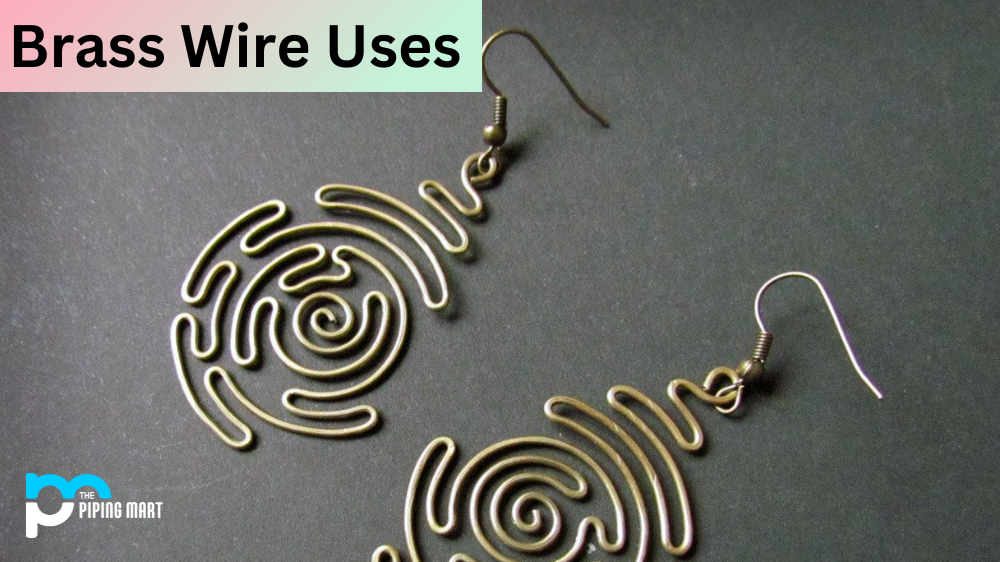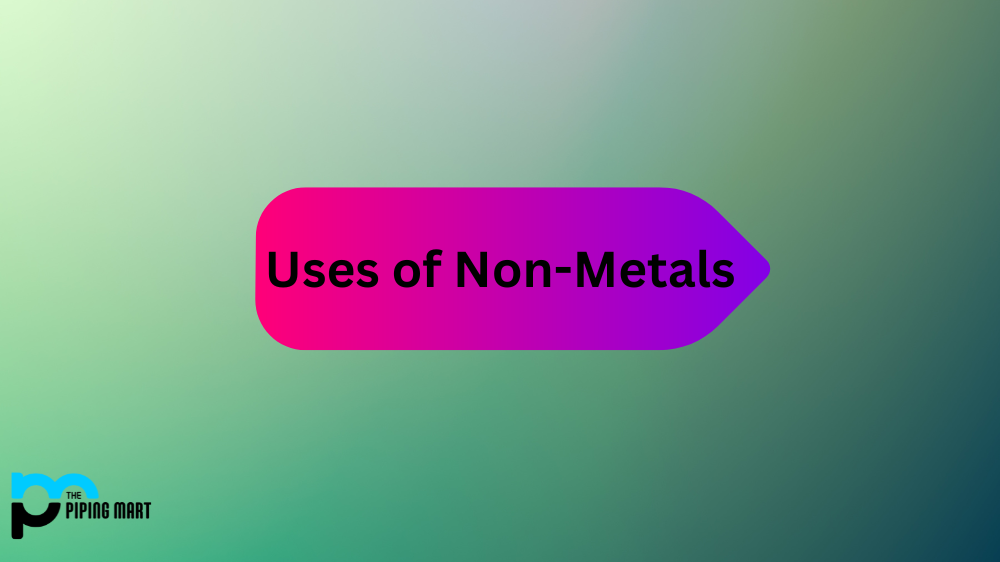Customers also have concerns about PTFE vs. Teflon when choosing a polymer for their products: What is the difference between the two? The only difference resides profoundly in the word. PTFE is the simpler shape of the polytetrafluoroethylene component and the common name for the same material is Teflon. Look no further than PTFE if you are looking for a highly versatile, non-stick material which is resistant to chemical, electrical and thermal stress.
What is PTFE?
Polytetrafluoroethylene is a synthetic material made up of two fundamental elements: carbon and fluorine to earn it its description in its entirety. This is made from tetrafluoroethylene (TFE) and has many special properties that render it a versatile source for a wide variety of applications. For example:
- Extremely high melting point: There are very few cases where PTFE can be affected by heat, with a melting point of about 327 ° C.
- Hydrophobic: It’s water tolerance ensures that it rarely gets dirty, making it good for food, injury dressings and much more.
- Chemically inert: PTFE won’t be harmed by certain solvents and chemicals.
- Small friction coefficient: PTFE’s friction coefficient is one of the lowest of all solids in nature, indicating that it can stick to it.
- Strong flexural strength: stability and versatility ensures that it can be easily transferred on a number of surfaces without compromising its dignity.
Both of these special properties indicate that PTFE is a very versatile commodity and is commonly used in both domestic and industrial applications. In your own home, you even have PTFE, which protects mild steel PTFE lined flanges, pipes, non-stick cookware, or which makes your carpets and fabrics stainless. It may also be found in nail polishes, wiper blades and tools for hair treatment.
PTFE is a valuable commodity in many cases for covering the interior of vessels, lined pipes, strainers that hold corrosive liquids or very hot materials. This was widely used in the manufacture of artificial body parts because of its inert nature, which made it difficult for the body to avoid it. It can be used in lubricants and was also used to protect the plutonium-containing gasses in the Atomic Bomb.
What is Teflon?
It is obvious that PTFE is a really good, special commodity, but we do need to remember what Teflon is to determine the winner between Teflon vs PTFE, too. The Teflon, invented in 1938, was developed by DuPont Co and run by a Chemours company spin-off. In 1945 Chemours invented the term Teflon and in 1946 started marketing items manufactured from this non-stick, heat-resistant substance.
Teflon was first invented by mistake, by Dr. Roy Plunkett, a chemist. He worked for DuPont in New Jersey trying to develop a new refrigerant when he noticed that the TFE gas had flowed out of the bottle he used but the bottle did not weigh empty. Curious on what induced the weight, he examined the bottle’s interior and found it coated with a waxy, slick yet unusually heavy substance that we all consider to be Teflon.
Teflon is a plastic rubber, called polytetrafluoroethylene, which incorporates carbon and fluorine. That’s right, Teflon is PTFE but with a specific word. Teflon is the trademarked brand name for PTFE produced by Chemours, so just as we label our Hoovers vacuums so Sellotape sticky tape, so we got to recognize PTFE by the name it was given.
Difference Between Teflon and PTFE.
- Teflon is a market name for PTFE and a generic name used by the Du Pont corporation and its associates (Kinetic which first licensed the trademark & Chemours which currently owns it).
- Teflon is a brand name for a synthetic fluoropolymer.
- PTFE is the chemical name for the same synthetic fluoropolymer.
- Teflon was originally developed by DuPont in 1938 and was first used commercially in 1945.
- PTFE is used in a wide variety of applications, including cookware, food packaging, electrical insulation, and non-stick coatings.
- Teflon and PTFE are both safe and stable at high temperatures.
What is a PTFE-lined carbon steel pipe?
A ptfe lined carbon steel pipe is a type of industrial piping where the interior surface of the carbon steel pipe is lined with a PTFE layer. The PTFE lining protects the carbon steel pipe from corrosion and chemical attack, making it suitable for harsh and corrosive environments. The PTFE lining also reduces friction and improves the flow of fluids through the pipe. PTFE-lined carbon steel pipes are widely used in the chemical, pharmaceutical, and petrochemical industries due to their chemical resistance, temperature resistance, and durability.

Pipingmart is B2B portal specializes in industrial, metal and piping products. Also, share latest information and news related to products, materials and different types grades to help business dealing in this industry.




